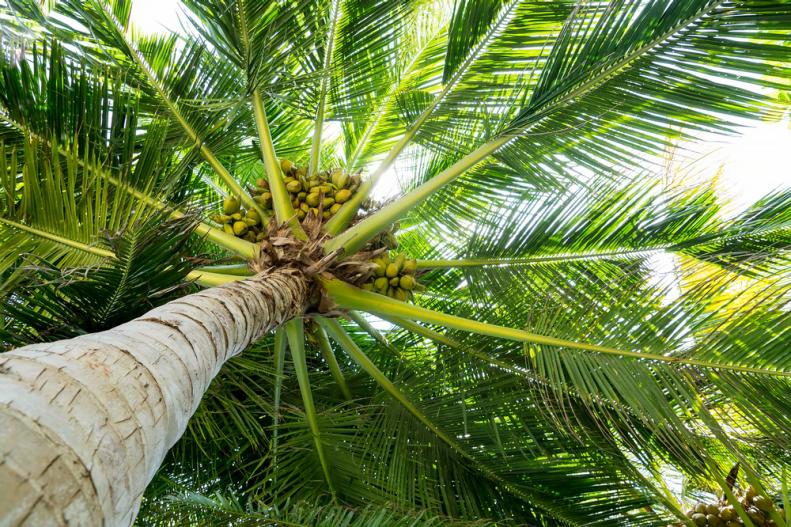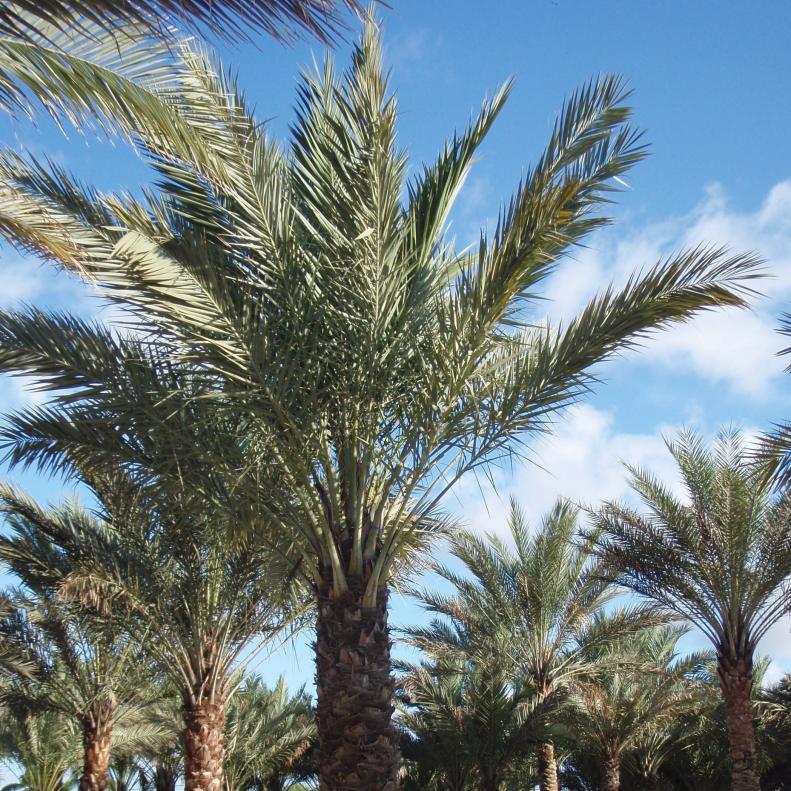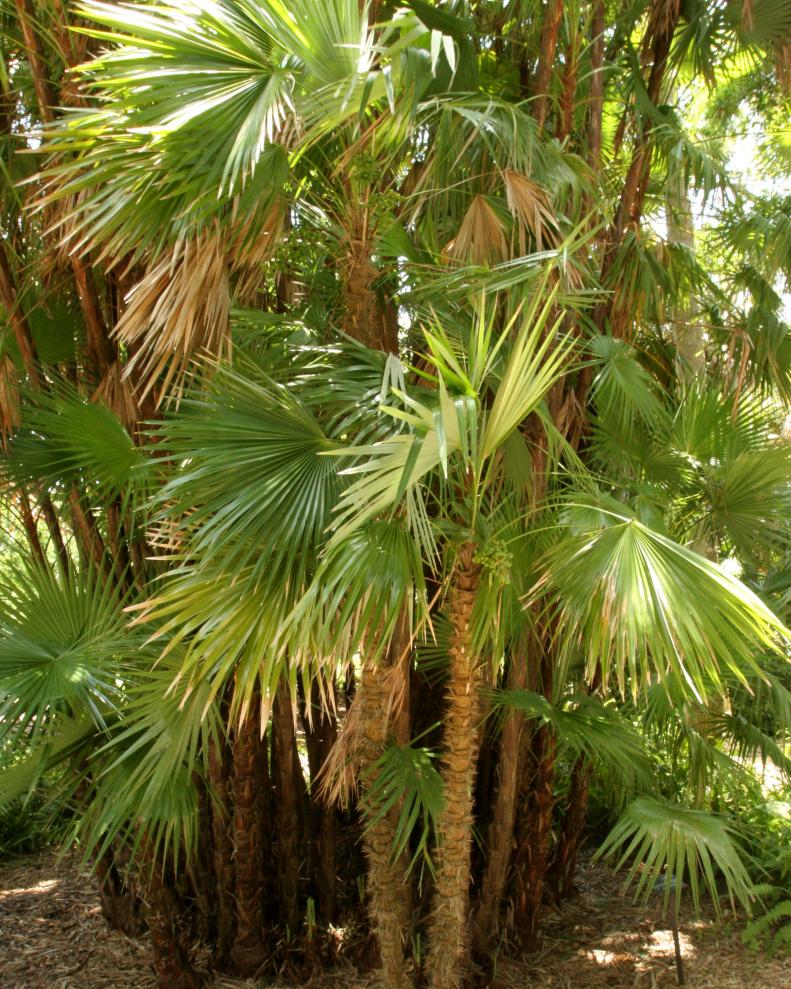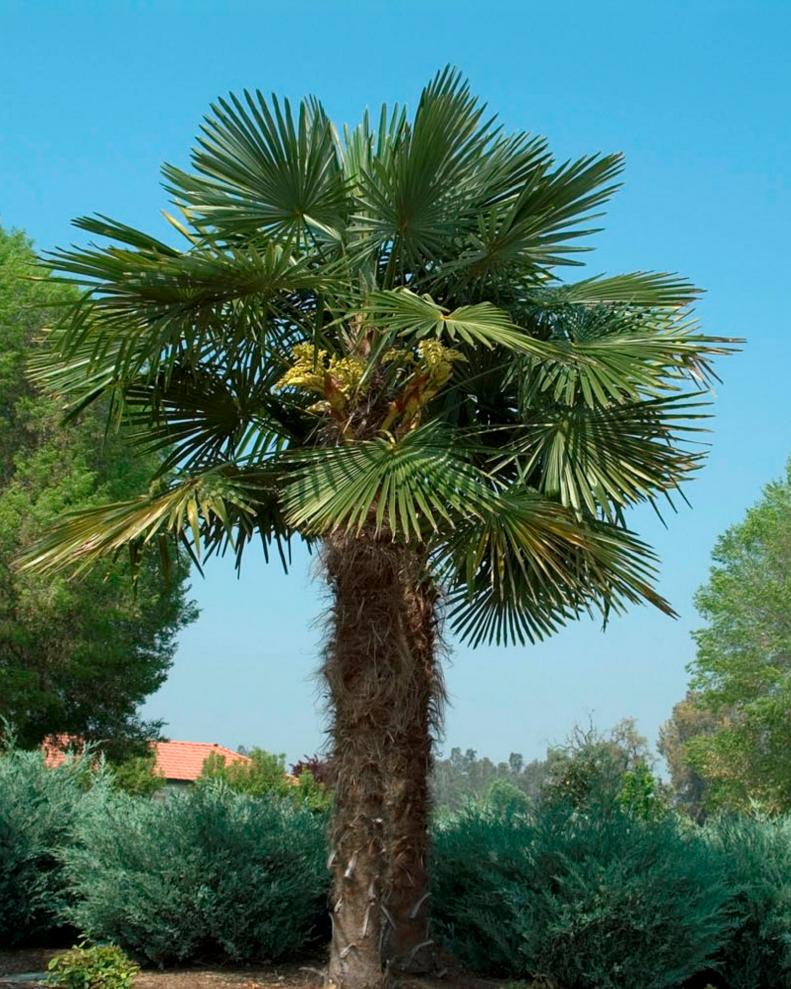1 / 14
Photo: Shutterstock/AndrisL
Palm Tree Types to Know
You don't have to live in a warm, southern climate to grow a palm tree. Some types of palm trees are cold-hardy and, once they're established, can survive temperatures below freezing. The Sabal or cabbage palmetto, for example, is a native Florida palm tree that tolerates cold.
Learn about growing palms to choose the best ones for your landscape. If you have full sun and dry heat, consider a date palm tree. A coconut palm (Cocus nucifera) like the one shown here, thrives in high temperatures but needs water. Check out these palm tree pictures for more choices.









